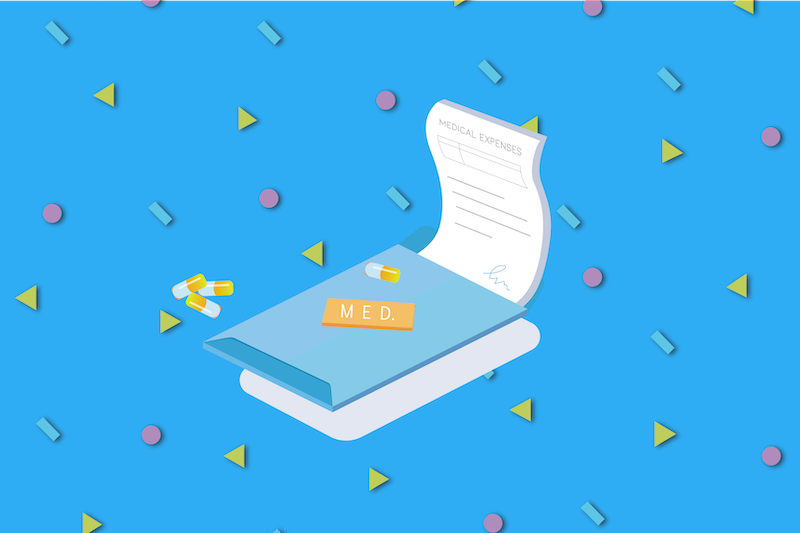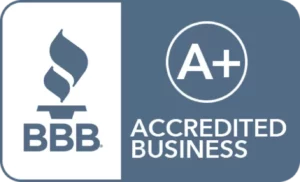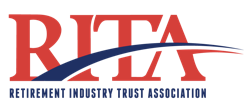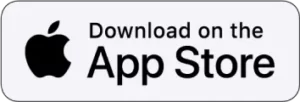A Health Savings Account (HSA) allows you to save for medical expenses in a tax-advantaged way. However, you can only utilize the plan if you have a High Deductible Health Plan (HDHP). An HDHP offers lower premiums at the expense of a higher annual deductible. In general, you need to reach that deductible before you can take full advantage of the plan. The HSA allows you to put aside more money for expenses. The best part is that those funds will grow over time when you invest well. Further, a Self-Directed HSA will allow you to invest in alternative assets, such as real estate, in addition to more traditional assets, like stocks bonds and mutual funds.
How Does a Health Savings Account work?
First, your health plan must qualify to even contribute to an HSA. If you have self-only coverage, the minimum deductible must be $1,500. That amount is doubled if you have a family plan. You may be able to open an HSA through your job, however, if your employer doesn’t offer one, you can start one at most financial companies, including IRA Financial Trust.
Just like other tax-advantaged accounts, such as an IRA or 401(k), you may contribute to your HSA each year you are eligible. For 2023, you can contribute up to $3,850 for self-only coverage and $7,750 with a family plan. Further, you may contribute an additional $1,000 to an HSA if you are age 55 or older. Contributions can be made by yourself, your spouse and even your employer. Keep in mind, that all contributions count towards the annual limit.
Once the plan is funded, you can then make investments. If you have a workplace plan, you probably have a limited menu of investment options. Generally, you will have to choose between stocks, bonds, mutual funds and similar products. However, if you have a Self-Directed HSA, through the right custodian, your investment options are almost unlimited. You can invest in just about anything, including real estate, private businesses, hard money loans, precious metals and cryptocurrency.
The Self-Directed HSA
Akin to a Self-Directed IRA, one can open a Self-Directed HSA, fund the plan and invest the way you want. The only investments that are prohibited are life insurance, most collectibles and a transaction involving a disqualified person. This offers you greater diversity and the ability to see higher returns than the stock markets. Of course, you need the right custodian who will allow you to invest how you want.
Essentially, there are two types of Self-Directed HSA plans – Custodian Controlled and Checkbook Control. Each will allow for a wider range of investments, but only checkbook control gives you the freedom to invest without asking for permission.
Custodian Controlled Self-Directed HSA
A Custodian Controlled HSA will allow for most alternative investments. This is especially true for the more popular option, such as real estate and gold. However, you may not be allowed to invest in “exotic” investments, as the custodian may see it as a risky choice. Further, you have to ask permission before making any investments. This may cause needless delays. For example, a hot new property just hit the market, but it won’t last long. If you need to wait for a custodian to okay the investment, you may lose out.
A custodian controlled HSA is a good option for those that want to be less hands-on. Also, it’s actually quite good if you do not make a lot of investments annually. For example, if you wish to buy and hold raw land for future development, it may be wise to opt for custodian control.
Checkbook Control Self-Directed HSA
A Checkbook Control HSA gives you the ultimate freedom to invest how you want. After all, it’s your money, you should have the ability to invest how you want. After the account is created, you can simply write a check, wire funds or use a debit card to purchase an asset. There will be no needless delays waiting for consent from your custodian. Plus, you are not limited by your custodian’s schedule. You have access to your funds outside of normal business hours!
The process of created a Self-Directed HSA with checkbook control is quite easy, though it can be a little tricky for new investors. You create an LLC that the HSA will own. You can rollover funds, or directly contribute to the HSA. A bank account is then created and funded with your HSA money. You are the owner of the HSA (and the bank account associated with it). This gives you the ultimate control to invest the way you see fit.
Of course, there’s no third party involved with checkbook control. It’s up to you to do all the legwork to determine if an investment is right for you. Obviously, you should work with a financial advisor and/or other experts before choosing an asset to invest in. Once the asset is chosen, you may use your Self-Directed HSA to put it to work!
What’s Next?
Once your Self-Directed HSA is funded and investments are made, you watch your account balance grow! Funds from the HSA can be used tax-free to pay for qualified medical expenses. These include prescriptions, physical exams, dental and vision services, among others. The great thing about an HSA are the tax advantages. You fund the plan with pretax money and are not taxed on medical expenses. Therefore, you are never taxed on the money in your HSA, when used correctly.
Once you reach age 65, you may use your HSA funds for non-medical reasons. However, you will have to pay taxes on the amount withdrawn. Prior to age 65, a non-qualified distribution will be hit with a 20% penalty, in addition to the taxes owed.
Obviously, it makes the most sense to use your Self-Directed HSA funds on qualified medical expenses. It’s a great way to save for unexpected health emergencies. The funds will remain in the account from year to year. Plus, if you have a workplace plan, you can take your HSA with you. Lastly, even if you change health care providers, you can still use your HSA (provided you maintain a HDHP).
In Sum
A Self-Directed HSA, in combination with a High Deductible Health Plan, is a great way to prepare yourself for unexpected medical costs. The ability to self-direct the plan will allow you to reap bigger rewards than if you were stuck with a limited list of investment choices.
IRA Financial Trust will help set up your account and keep it within the IRS rules. Unlike other financial institutions, we will never try to sell you a product, or offer investment advice. We’re here to simply set up the plan and ensure you follow the rules. It’s up to you to decide how and when to invest. Let your money work for you by investing with a Self-Directed HSA.











